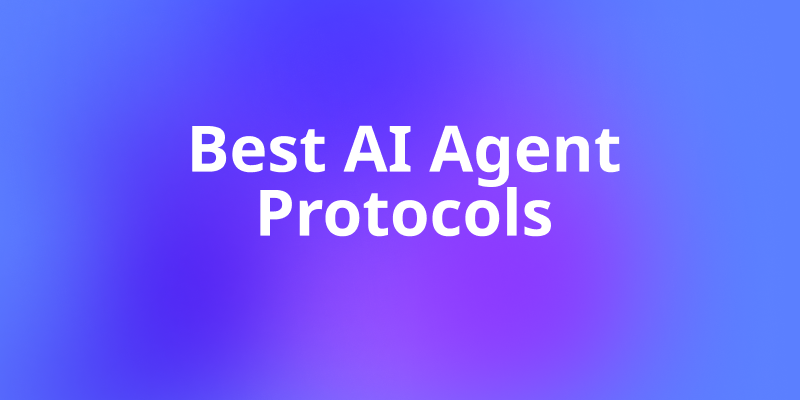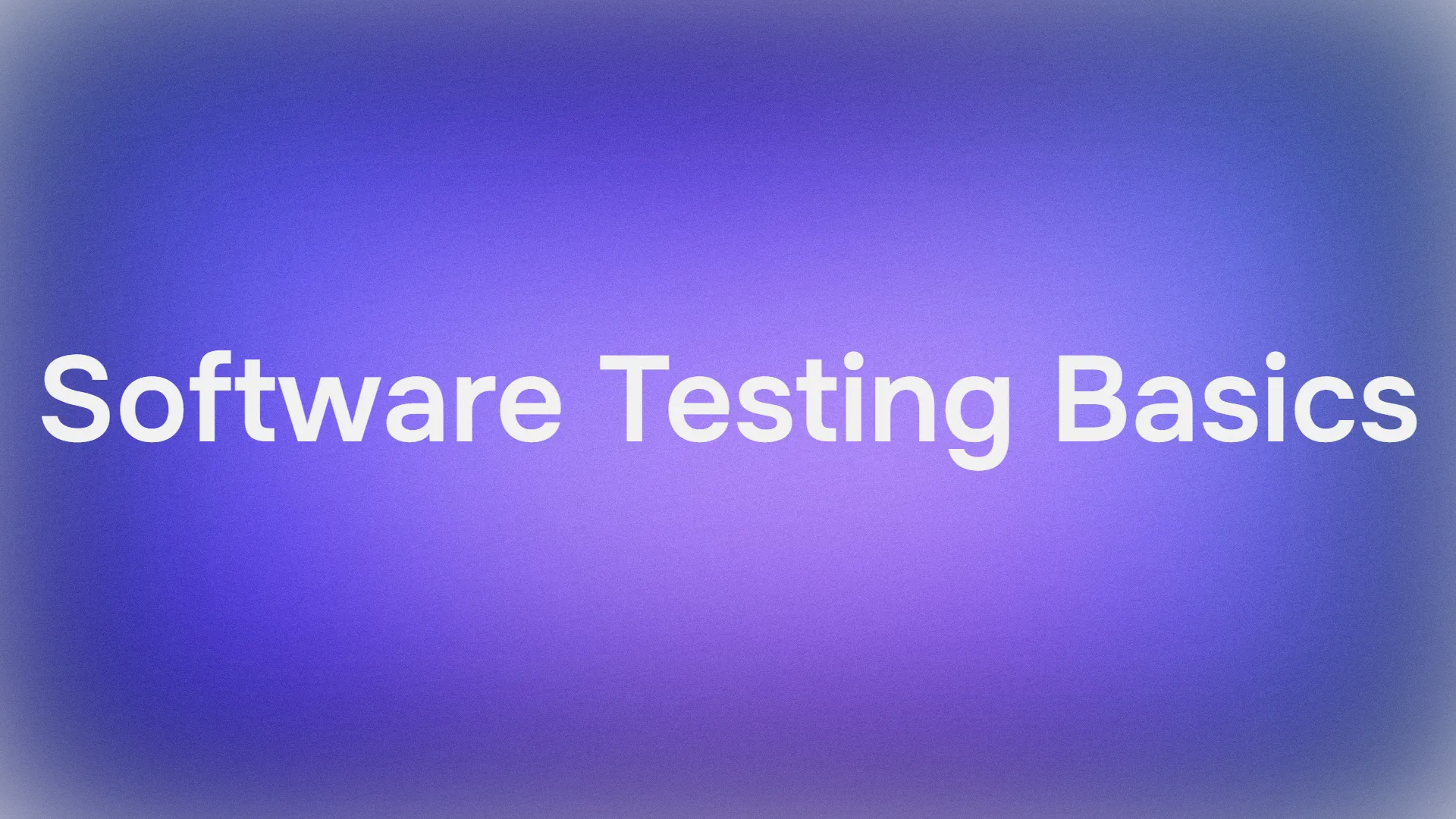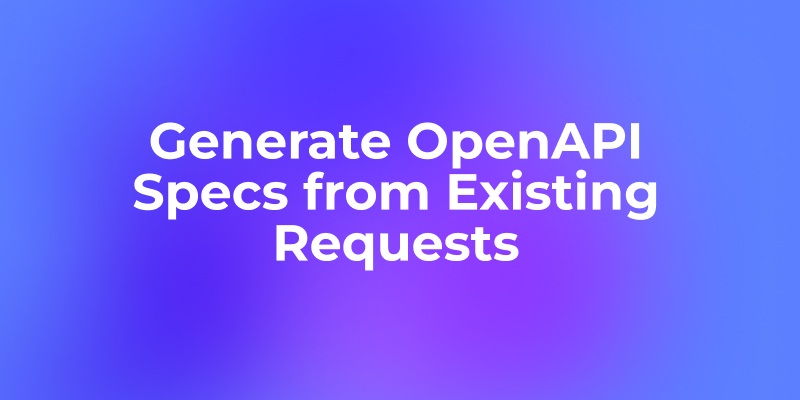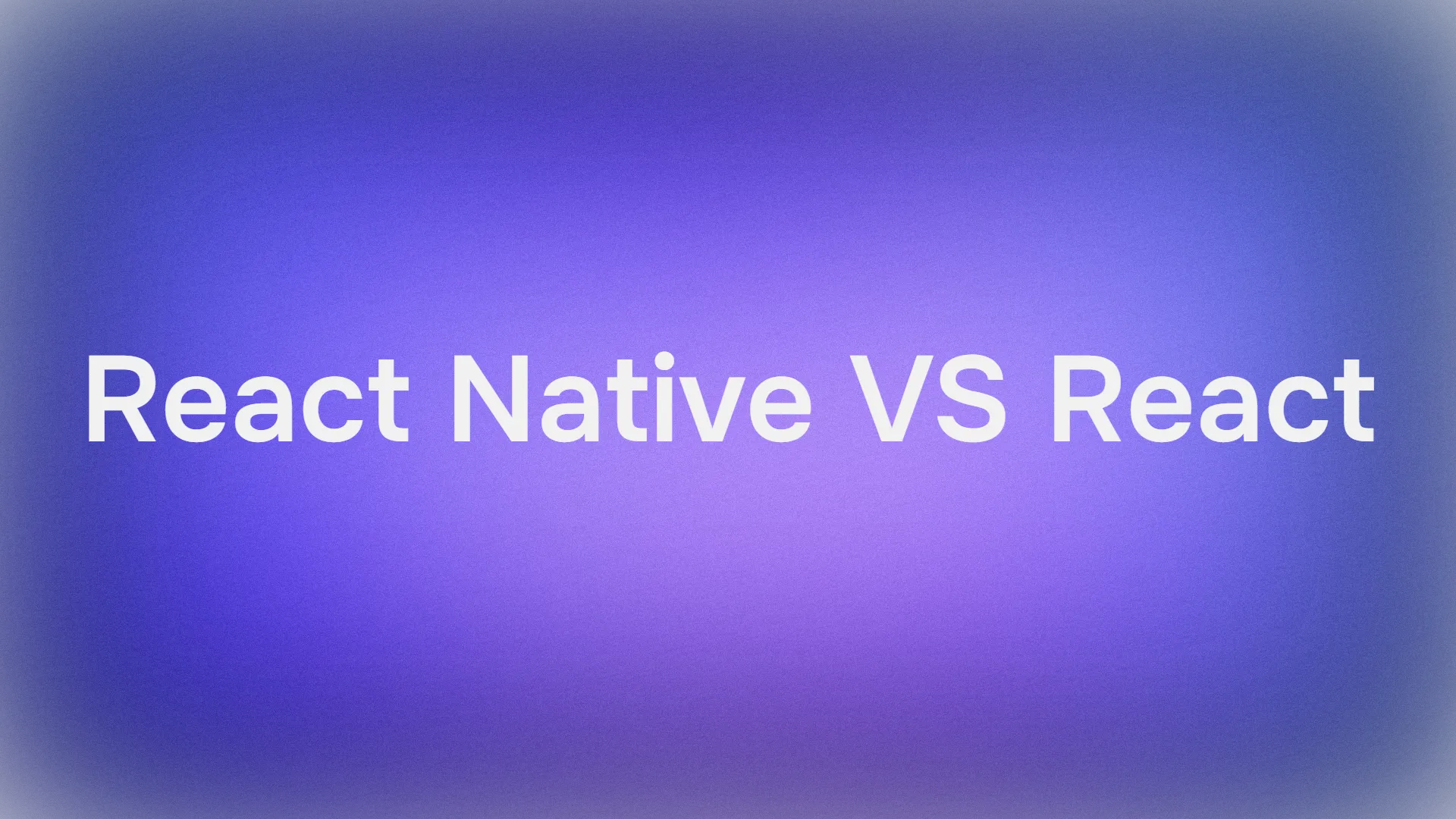Artificial Intelligence (AI) is no longer confined to research labs, AI agents are becoming the autonomous digital assistants and collaborators that power everything from business workflows to large-scale research tasks, that can communicate, coordinate, and take action with minimal human intervention. But what ensures these AI agents communicate effectively, coordinate complex actions, and function seamlessly, they need protocols, common rules, standardized frameworks and languages for exchanging data, making decisions, and executing tasks.
If AI agents are the brains, protocols are the social etiquette that lets them interact without chaos. In other words, they’re the reason multiple AI agents can collaborate to book you a flight, optimize a supply chain, or even coordinate in a multiplayer game without stepping on each other’s toes.
If you’re curious about the protocols driving the next wave of intelligent applications, you’re in the right place. In this blog post, we’ll explore the top 10 AI agent protocols that are gaining traction in 2025, how they work, and why they matter. Plus, we will share how Apidog, a free API collaboration and testing tool, can accelerate your work with AI agents, whether you’re developing, testing, or integrating them.
Want an integrated, All-in-One platform for your Developer Team to work together with maximum productivity?
Apidog delivers all your demands, and replaces Postman at a much more affordable price!
Here’s a breakdown of the leading AI agent protocols you should know in 2025, what they offer, and why they stand out.
1. FIPA Agent Communication Language (FIPA-ACL)
Let’s start with one of the classics. The Foundation for Intelligent Physical Agents (FIPA) created the FIPA Agent Communication Language to standardize how intelligent agents exchange messages.
FIPA-ACL defines:
- Message types (inform, request, confirm, reject, etc.)
- Content languages for expressing information
- Interaction protocols for managing dialogues
Think of it like the polite conversation guidebook for AI agents. Even though it’s been around for years, it’s still widely used in academic research and enterprise systems.
2. KQML (Knowledge Query and Manipulation Language)
Before FIPA-ACL became mainstream, there was KQML. It’s designed for knowledge-based systems, allowing agents to ask for information, share knowledge, or perform actions.
While it’s not as modern as some newer protocols, it laid much of the groundwork for multi-agent communication. You might still encounter it in legacy AI systems or projects focused on semantic knowledge exchange.
3. JADE (Java Agent DEvelopment Framework) Protocols
If you’ve worked in Java-based AI agent development, you’ve probably heard of JADE. It’s not just a platform—it comes with built-in communication protocols that comply with FIPA standards.
JADE’s protocols make it easier for agents to:
- Register services
- Discover other agents
- Exchange structured messages
It’s a popular choice in academic projects and proof-of-concept systems.
4. MQTT (Message Queuing Telemetry Transport)
Here’s where we bridge into IoT-powered AI agents. MQTT is a lightweight publish/subscribe protocol that’s perfect for low-bandwidth, high-latency environments.
Why it’s important for AI agents:
- AI-powered IoT devices (like smart sensors) use MQTT to send data to processing agents.
- Its low overhead means agents can operate on tiny devices.
If you’re building AI agents for smart homes or industrial automation, MQTT is a must-know.
5. HTTP/REST for AI Agent APIs
Sometimes, the simplest solution wins. Many AI agents just use RESTful APIs over HTTP to exchange information.
Benefits:
- Universally supported
- Easy to test and debug (especially with Apidog)
- Works well for web-based and cloud-hosted AI agents
This is where Apidog really shines—you can model AI agent endpoints, send test requests, and share API documentation with your team.
6. gRPC for High-Performance AI Communication
For faster, more efficient communication between AI agents, gRPC is a game-changer. It uses Protocol Buffers (Protobuf) for serialization, which is faster and more compact than JSON.
Why AI agents love gRPC:
- Supports bidirectional streaming
- Cross-language compatibility
- Ideal for real-time decision-making agents
For example, two AI trading bots could use gRPC to stream market data and execute trades within milliseconds.
7. WebSocket Protocols for Persistent AI Conversations
Some AI agents need a constant connection—think multiplayer gaming AIs or collaborative virtual assistants. That’s where WebSockets come in.
Advantages:
- Real-time, low-latency messaging
- Supports push notifications
- Keeps agents in sync during ongoing tasks
If you’re building a collaborative AI environment, WebSockets are hard to beat.
8. ROS (Robot Operating System) Messaging Protocols
When it comes to robotic AI agents, ROS is king. It’s not an OS in the traditional sense—it’s a middleware with its own messaging protocol.
ROS protocols handle:
- Sensor data exchange
- Motor control commands
- Multi-robot coordination
From warehouse robots to self-driving cars, ROS-based AI agents are everywhere.
9. XMPP (Extensible Messaging and Presence Protocol)
Originally designed for instant messaging, XMPP has evolved into a versatile communication protocol for AI agents—especially in chatbot networks.
Why it’s relevant:
- Open standard
- Real-time message delivery
- Presence awareness (agents can know who’s online)
It’s a good fit for distributed AI systems where awareness of active agents matters.
10. OPC UA (Open Platform Communications Unified Architecture)
In industrial settings, AI agents often need to talk to machines, sensors, and control systems. That’s where OPC UA comes in.
Key features:
- Platform-independent
- Secure and reliable
- Rich data modeling
If you’re working in Industry 4.0 or smart manufacturing, OPC UA will likely be part of your AI agent’s communication toolkit.
How These Protocols Work Together
You might be wondering, do AI agent projects just pick one protocol and stick to it? Not always. In fact, hybrid architectures are common.
Example:
- MQTT for sensor-to-agent communication
- gRPC for agent-to-agent high-speed messaging
- HTTP/REST for API exposure to external systems
This is where Apidog helps unify development, regardless of protocol, you can use it to design and test API interfaces that connect your AI agents.
Challenges in AI Agent Protocol Design
Even with all these standards, challenges remain:
- Interoperability between agents using different protocols
- Security of data exchanged between agents
- Scalability when agents multiply into the thousands
- Latency in real-time scenarios
Future protocols will need to tackle these issues head-on.
Using Apidog to Streamline AI Agent API Workflows
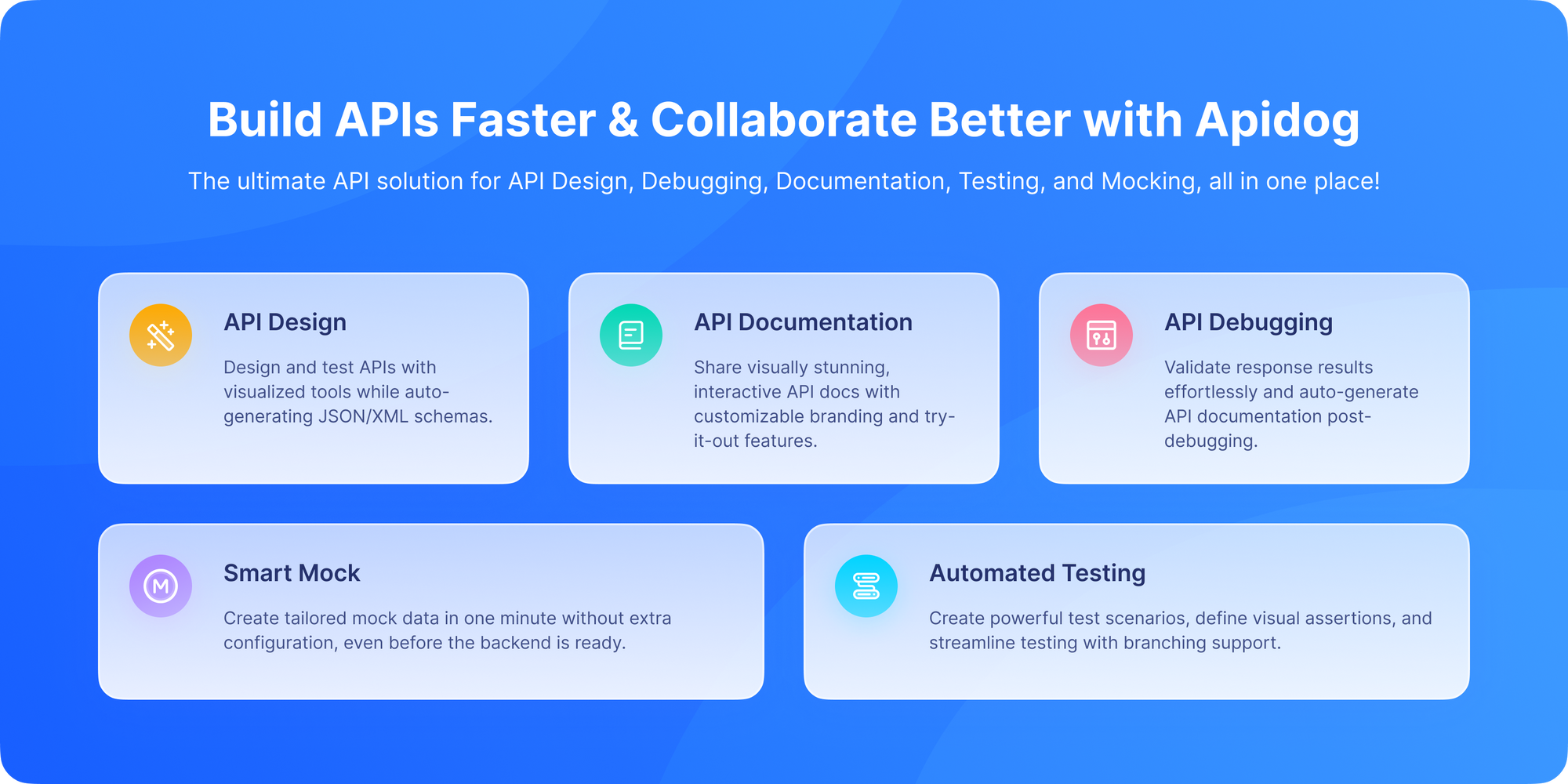
Developing and integrating AI agents with these protocols often involves designing, testing, and documenting complex APIs. This is where Apidog becomes invaluable.
- API Design: Easily import OpenAPI specs for your agent endpoints, define request/response models, and mock APIs for early testing.
- Automated Testing: Create test suites for validating agent interactions across environments, from local to production.
- Documentation: Generate elegant, interactive documentation portals for internal teams and external partners.
- Collaboration: Share API projects with teammates, assign roles, and comment directly on API requests for faster feedback loops.
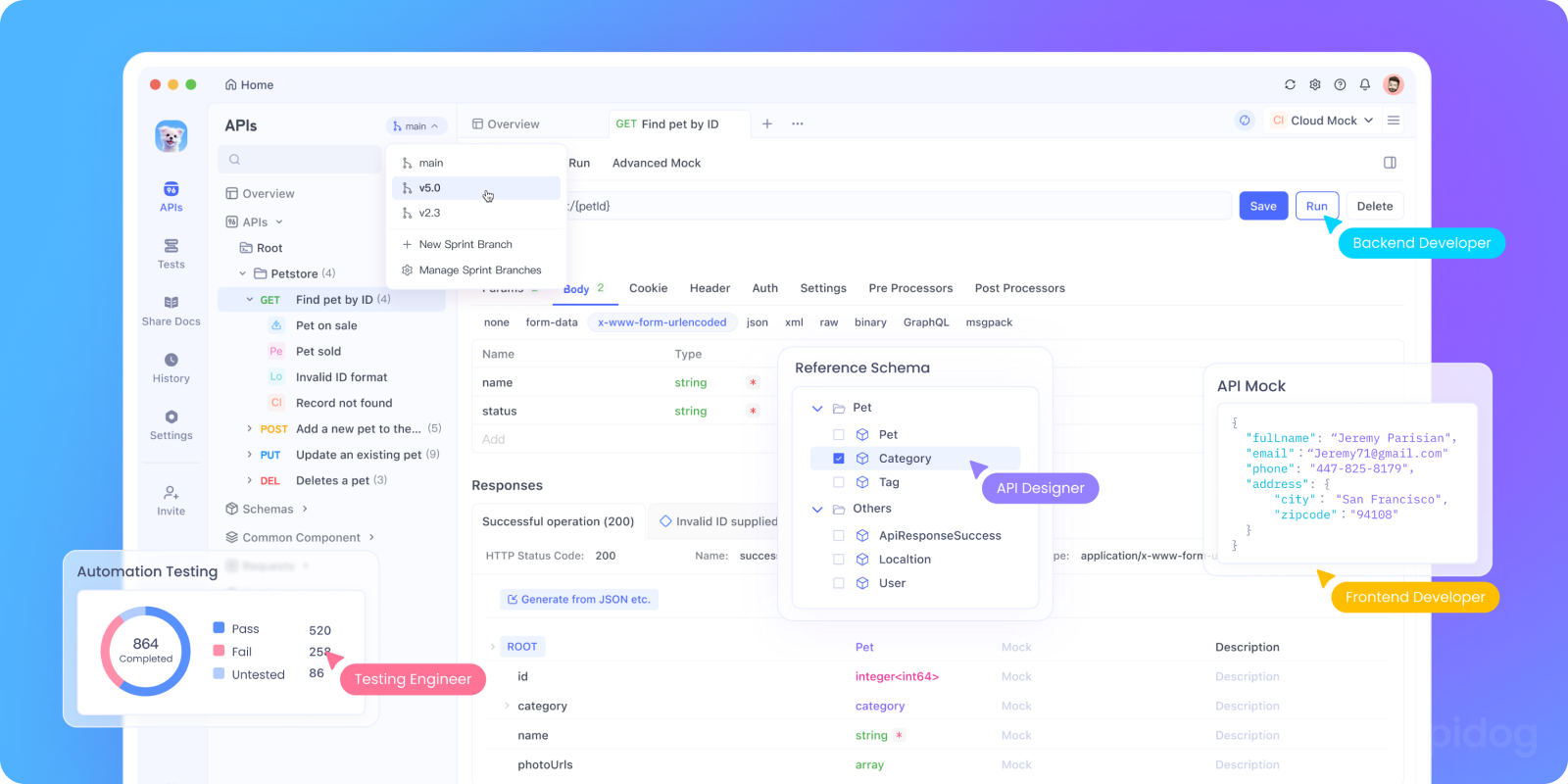
By adopting Apidog, teams working with AI agent protocols can accelerate their development cycles with confidence, reduce errors, and improve collaboration.
Final Thoughts
Protocols may sound dry, but they’re the invisible glue that holds AI agent ecosystems together. AI agent protocols are the unsung heroes that enable autonomous AI systems to coordinate, collaborate, and deliver real-world value. Without them, your smart assistant couldn’t talk to your calendar bot, and your warehouse robots would bump into each other.
Whether you’re a developer, architect, or AI enthusiast, understanding these protocols prepares you to build the next generation of intelligent applications. The top 10 protocols in 2025 reflect a vibrant ecosystem evolving rapidly to meet diverse needs from multi-agent communication to secure lifecycle management and LLM tool integration.
Whether you’re working with FIPA-ACL, MQTT, gRPC, or REST APIs, remember that good protocol design and testing are as important as the AI logic itself. And when it comes to testing, debugging, and documenting those API endpoints, And remember, to speed up your API journey with these protocols, Apidog is your friend, it keeps your AI agents speaking the same language, every time and make API development enjoyable and efficient.
